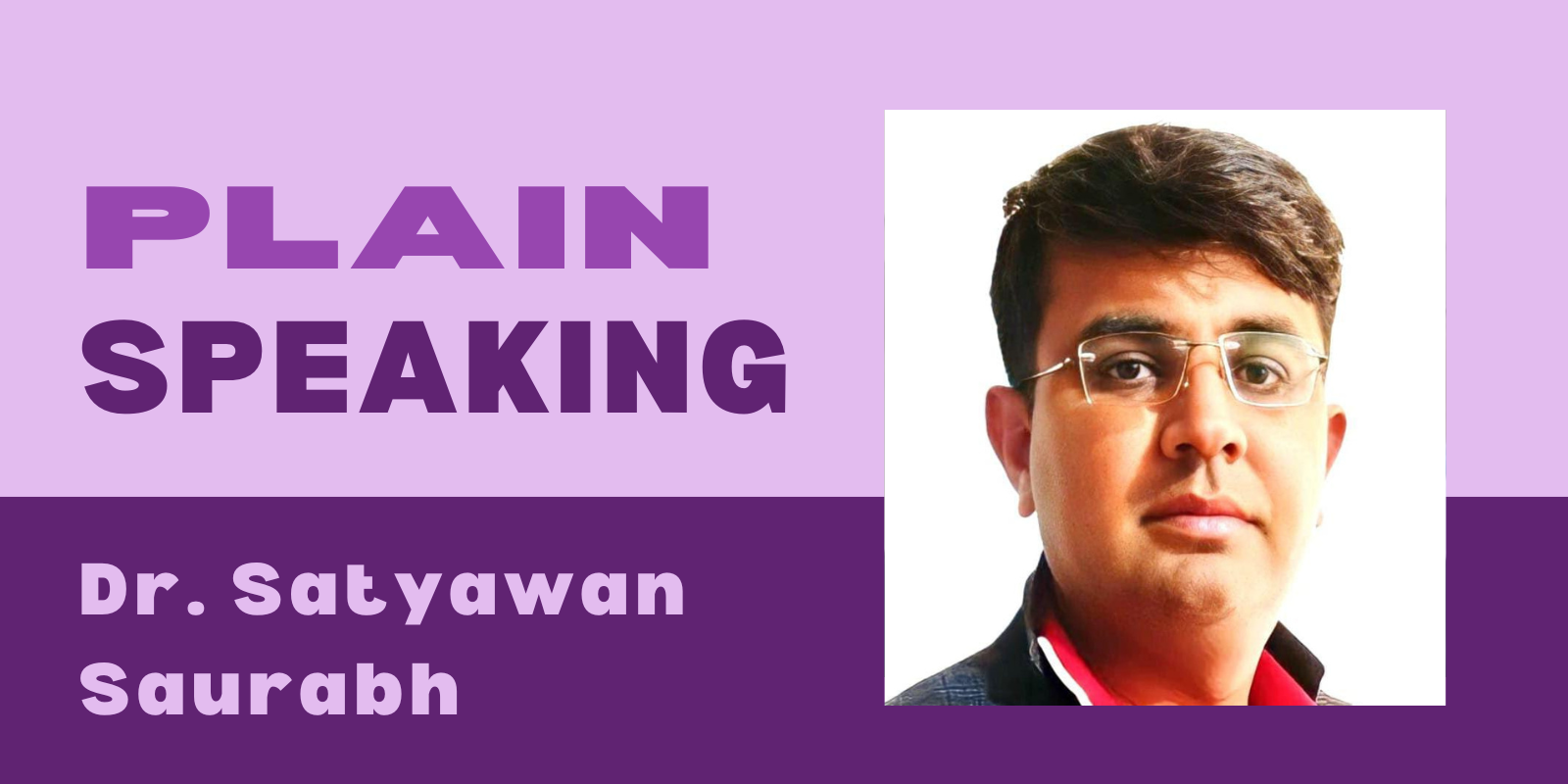The Hindu epic Mahabharata mentions the Magh Mela associated with Makar Sankranti. Every twelve years, the Kumbh Mela is held on Makar Sankranti, which is one of the largest mass pilgrimages in the world, attended by millions of people. Sankranti is worshipped as a deity who, according to legends, defeated the demon Shankarasura. It marks the entry of the Sun into Capricorn, marking the end of the winter solstice and the beginning of longer days. Makar Sankranti, dedicated to the Sun God, is a festival of immense cultural, religious, and agricultural importance celebrated throughout India. It is celebrated by various names in India and neighboring countries, including Pongal, Magh Bihu, Uttarayan, etc. Each region has its own unique customs and rituals associated with the festival.
Many states in India celebrate cultural festivals on January 14 with different names—Makar Sankranti, Pongal, Magh Bihu, etc. Unlike many Hindu festivals, these festivals have a fairly fixed date. Makar Sankranti, one of the most celebrated festivals in India, marks the entry of the Sun into the zodiac sign Capricorn, which marks the end of winter and the beginning of longer days. The festival is a mix of spiritual devotion and cultural fervor, celebrated with different customs in different states. It is a day to celebrate harvest, prosperity, and new beginnings.
Makar Sankranti is a widely celebrated harvest festival in India, which marks the entry of the Sun into the zodiac sign of Capricorn. It marks the end of the winter solstice and the beginning of longer, warmer days, symbolizing hope, prosperity, and new beginnings. This festival holds great cultural and religious significance in various states of India. Makar Sankranti is celebrated to commemorate the entry of the Sun into Capricorn, which marks the beginning of the auspicious Uttarayan period. It is a time of gratitude for the harvest and hope for prosperity in the coming year. The day marks the harvesting season for crops such as wheat, rice, and sugarcane. It marks the movement of the Sun towards the northern hemisphere, bringing warmth and positivity. It is a day to thank nature and express gratitude for abundance.

Makar Sankranti is a symbol of unity in diversity, with each state celebrating this festival in its own unique way. It represents a sense of community, renewal, and well-being. Rituals like holy baths, prayers, and preparation of traditional sweets reflect the essence of the festival. Celebrated by different names like Pongal, Magh Bihu, and Lohri in different regions. Highlights the importance of nature, agriculture, and seasonal cycles. Rituals like kite flying, folk dances, and feasts bring communities together. The celebration of Makar Sankranti is marked by vibrant customs and traditions, which vary across different states; kite flying is especially popular in Gujarat and Rajasthan, symbolizing freedom and happiness. Pilgrims take ritual baths in holy rivers like Ganga and Yamuna. Traditional food, sweets made of sesame and jaggery, are distributed. Fairs and cultural programs are held across the states to celebrate the harvest. Donating clothes, food, and money is considered auspicious at this time. Activities such as bathing, offering naivedya to the Sun God, charity, Shraddha rituals, and breaking the fast are performed during the Punya Kaal. If Makar Sankranti occurs after sunset, these activities are postponed until the next sunrise. Devotees often take a dip in holy rivers such as the Ganga, Yamuna, Godavari, Krishna, and Kaveri to purify themselves of their sins.
The International Kite Festival is one of the most vibrant and globally renowned events of Gujarat, celebrated every year during Makar Sankranti in January. Held in Ahmedabad, the festival attracts kite enthusiasts and participants from all over the world. The sky turns into a colorful canvas with the flying of unique kites of different shapes and sizes. The event symbolizes joy, unity and the cultural heritage of Gujarat, making it a must-see for both locals and tourists. Along with kite flying, the festival also includes cultural performances, local cuisine, and craft exhibitions, offering a true glimpse of the rich traditions of Gujarat.
Makar Sankranti is the time to eat freshly harvested grains, which are first offered to the gods and then eaten. Ayurveda recommends eating khichdi as it is a light and easily digestible dish. Eating khichdi means preparing the body for the change in seasons, be it the cold breeze of winter or the incoming warmth of spring. As the temperature changes from dry cold to wonderfully warm, the body becomes vulnerable to imbalances. Thus, khichdi is a perfect dish to satisfy hunger while providing the body with the necessary nutrition. Apart from its benefits for health, cooking and eating khichdi on this festival symbolizes unity, as people cook this dish by combining all the ingredients, including freshly harvested rice, pulses, seasonal vegetables, and spices, in a single vessel. It symbolizes the process of life and regeneration, indicating the beginning of a new harvest year. Ayurveda also suggests eating sesame and jaggery on this divine day. Sankranti and sesame seeds are synonymous, as this festival is also commonly known as ‘Til Sankranti.’ Sesame seeds can absorb negativity and enhance ”sattva’—purity, goodness, and harmony—which in turn facilitates spiritual practice.






